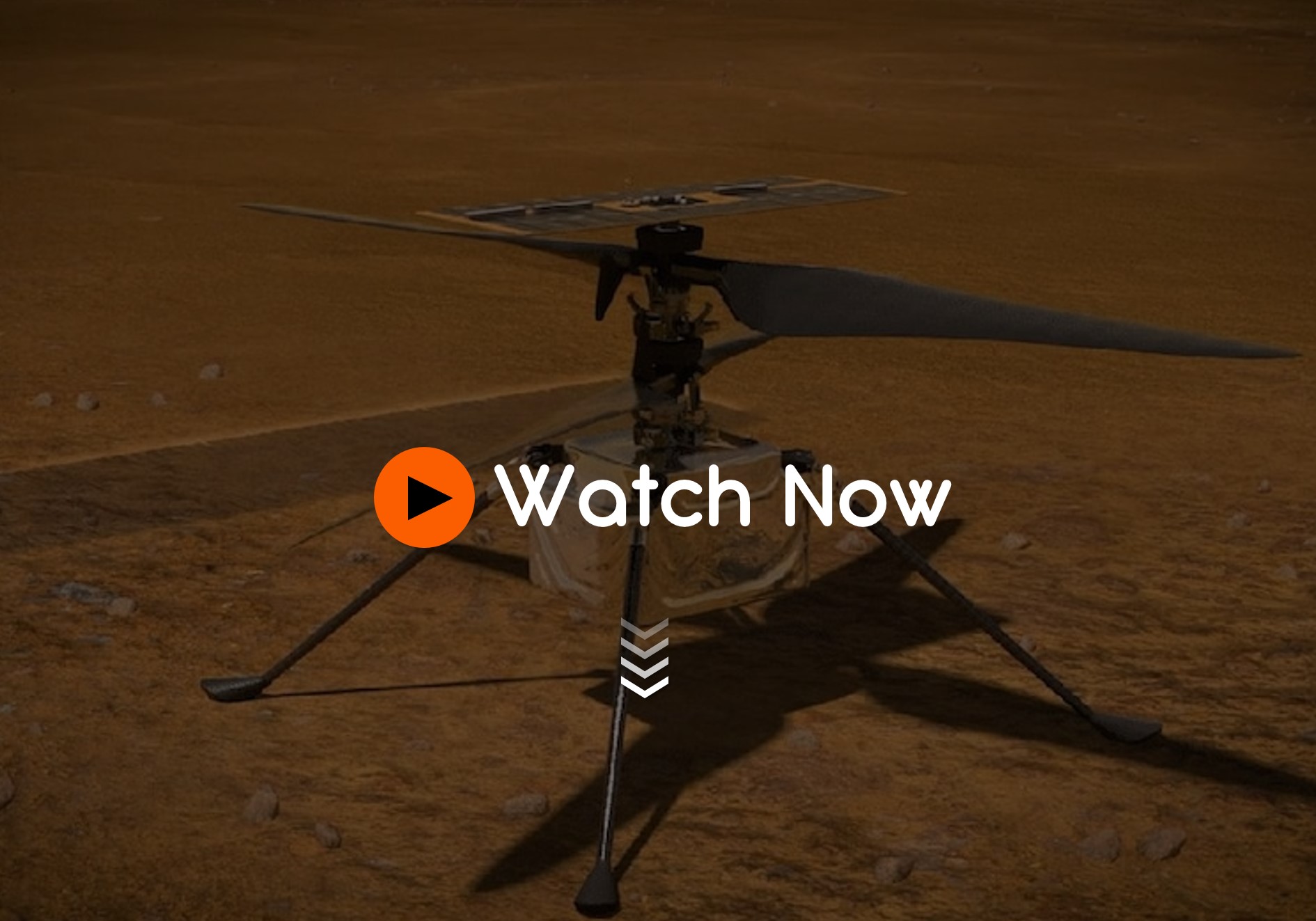
NASA Designed a Helicopter to Fly Autonomously on Mars
Tucked under the belly of the Perseverance rover that will be landing on Mars in just a few days is a little helicopter called Ingenuity. Its body is the size of a box of tissues, slung underneath a pair of 1.2m carbon fiber rotors on top of four spindly legs.
It weighs just 1.8kg, but the importance of its mission is massive. If everything goes according to plan, Ingenuity will become the first aircraft to fly on Mars.
In order for this to work, Ingenuity has to survive frigid temperatures, manage merciless power constraints, and attempt a series of 90 second flights while separated from Earth by 10 light minutes. Which means that real-time communication or control is impossible. To understand how NASA is making this happen, below is a conversation with Tim Canham, Mars Helicopter Operations Lead at NASA’s Jet Propulsion Laboratory (JPL).
It’s important to keep the Mars Helicopter mission in context, because this is a technology demonstration. The primary goal here is to fly on Mars, full stop. Ingenuity won’t be doing any of the same sort of science that the Perseverance rover is designed to do. If we’re lucky, the helicopter will take a couple of in-flight pictures, but that’s about it. The importance and the value of the mission is to show that flight on Mars is possible, and to collect data that will enable the next generation of Martian rotorcraft, which will be able to do more ambitious and exciting things.
Ingenuity isn’t intended to do anything complicated because everything about the Mars helicopter itself is inherently complicated already. Flying a helicopter on Mars is incredibly challenging for a bunch of reasons, including the very thin atmosphere (just 1% the density of Earth’s), the power requirements, and the communications limitations.
With all this in mind, getting Ingenuity to Mars in one piece and having it take off and land even once is a definite victory for NASA, JPL’s Tim Canham tells us. Canham helped develop the software architecture that runs Ingenuity.
As the Ingenuity operations lead, he’s now focused on flight planning and coordinating with the Perseverance rover team. We spoke with Canham to get a better understanding of how Ingenuity will be relying on autonomy for its upcoming flights on Mars.

